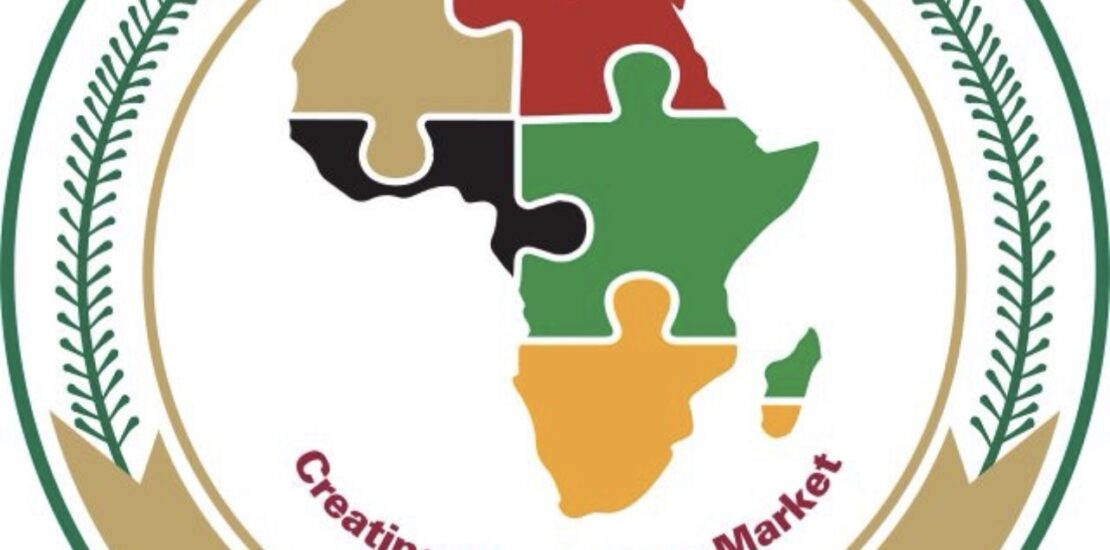How to Export Goods Under the AfCFTA Preferential Trade Agreement
- October 23, 2025
- Posted by: admin
- Categories: Articles, Economy, Featured Articles

A Step-by-Step Guide for Ethiopian Exporters
The African Continental Free Trade Area (AfCFTA) creates a single African market of over 1.3 billion people and opens major opportunities for Ethiopian exporters. By trading under AfCFTA’s preferential tariff system, companies can enjoy reduced or zero customs duties, strengthen competitiveness, and access new regional buyers.
To benefit, exporters must follow the procedures established by the Ethiopian Customs Commission and AfCFTA Secretariat.
Below is a clear step-by-step guide.
1. Identify the Origin Criteria
Download and review the “AfCFTA Rules of Origin Manual.”
This document explains how to determine whether your goods qualify as originating from Ethiopia. Products must meet at least one of the following conditions:
Wholly Obtained: e.g., crops, minerals, or livestock produced entirely in Ethiopia. Substantial Transformation: manufacturing or processing done locally that adds significant value. Change in Tariff Heading (CTH) or Regional Value Content (RVC): as defined in the manual.
Choosing the correct origin criterion is essential for customs approval.
2. Verify Tariff Concessions in the AfCFTA e-Tariff Book
Before you export, check whether your product is eligible for preferential treatment in the destination country:
Visit the AfCFTA e-Tariff Book at https://etariff.au-afcfta.org. Enter the exact HS (Harmonized System) tariff code for your product. Confirm that your item appears in Category A of the importing country’s Provisional Schedule of Tariff Concessions.
Only goods listed in Category A currently benefit from tariff reductions.
3. Determine the Customs Procedure Code (CPC) and Register Export Declaration
Next, identify the appropriate Customs Procedure Code (CPC) for AfCFTA exports.
This code ensures your goods are processed under the preferential export regime.
Then, register your export declaration through the customs electronic system, indicating AfCFTA as the export program.
4. Apply for the AfCFTA Certificate of Origin
Prepare a request letter addressed to the Tariff Classification and Rules of Origin Directorate of the Ethiopian Customs Commission.
Attach the following supporting documents:
Sales invoice Export declaration Bill of lading or airway bill Bank permit for foreign currency Packing list
The Directorate reviews these documents to confirm that the goods meet AfCFTA origin criteria.
5. Verify and Approve the Certificate of Origin
When the draft certificate is issued:
Review all details carefully — product description, HS code, exporter name, and destination. Sign and stamp the document on behalf of your company. Return it to the issuing officer for final approval.
Accuracy at this stage avoids shipment delays or rejection at destination ports.
6. Collect the Approved Certificate
The approved AfCFTA Certificate of Origin (original + one copy) can be collected by your company’s authorized representative.
Bring either:
A valid ID card, or A letter of delegation authorizing collection.
The certificate must travel with the shipment and be presented to customs in the importing country to claim the preferential tariff.
7. Maintain Export Records
After completing the export, retain all related documentation — invoices, permits, transport documents, and certificates.
These records must be available for inspection by the Ethiopian Customs Commission when requested. Proper record-keeping supports compliance and future verifications.
Why Compliance Matters
Meeting AfCFTA procedural requirements ensures your exports:
Qualify for duty-free or reduced-tariff entry Face fewer customs complications Strengthen Ethiopia’s reputation as a reliable trading partner Contribute to the growth of intra-African trade and industrialization
In Summary
By understanding and following these seven steps, Ethiopian exporters can confidently access AfCFTA markets, enjoy lower trade costs, and build stronger regional supply chains.
The AfCFTA framework is not just a policy — it’s a powerful gateway for African-made products to move freely across borders, boosting jobs, value addition, and continental growth.
